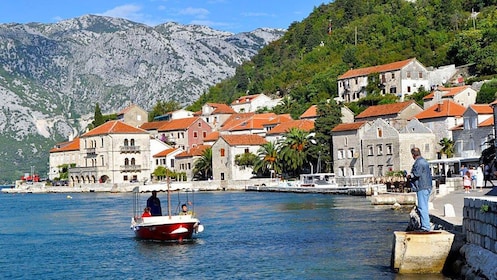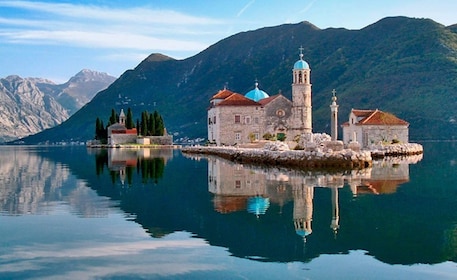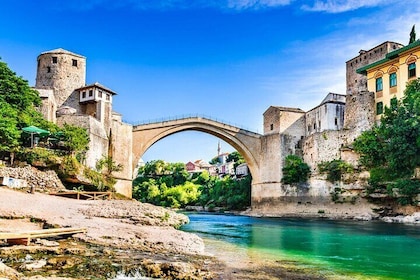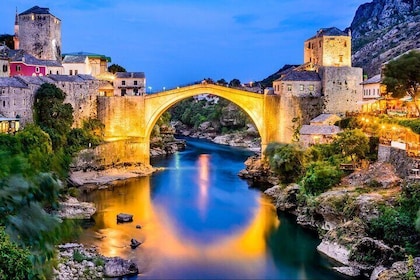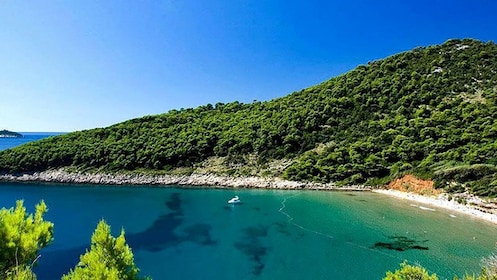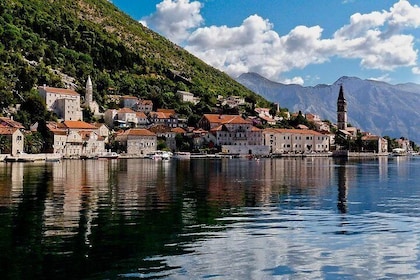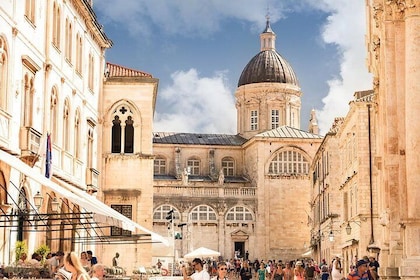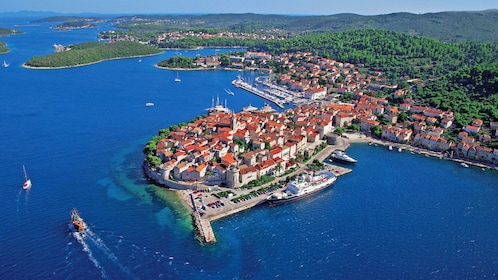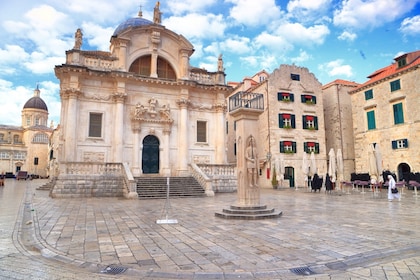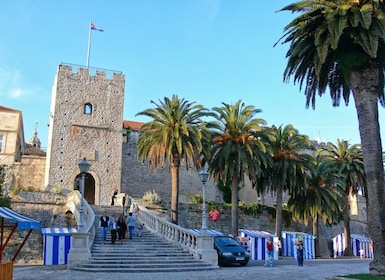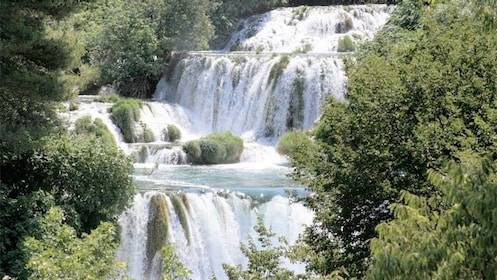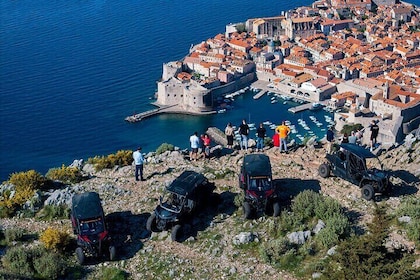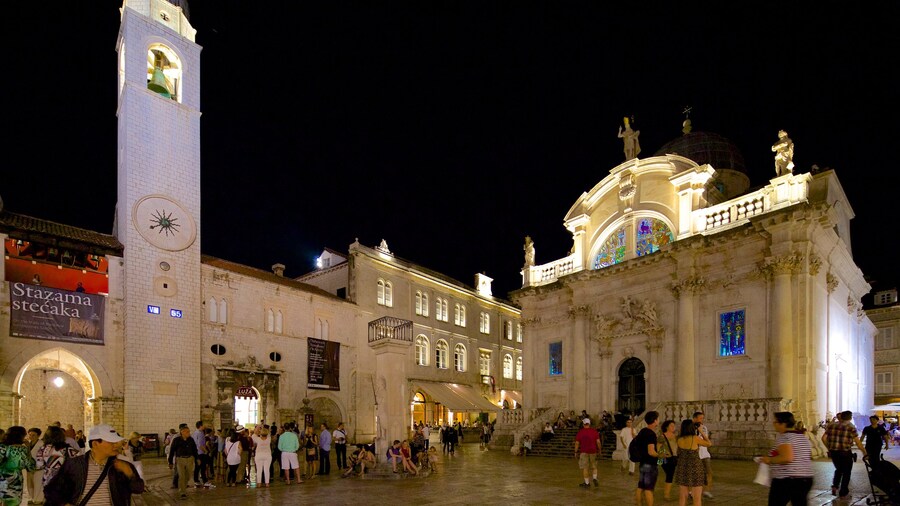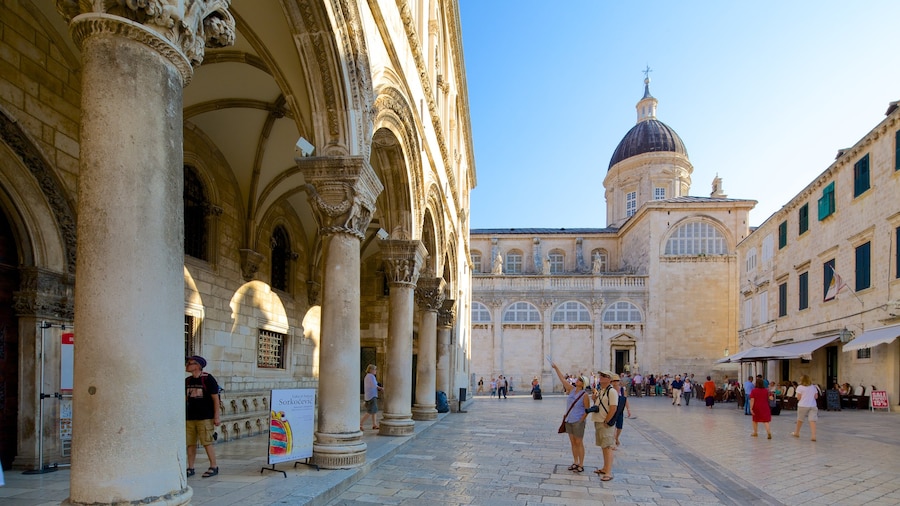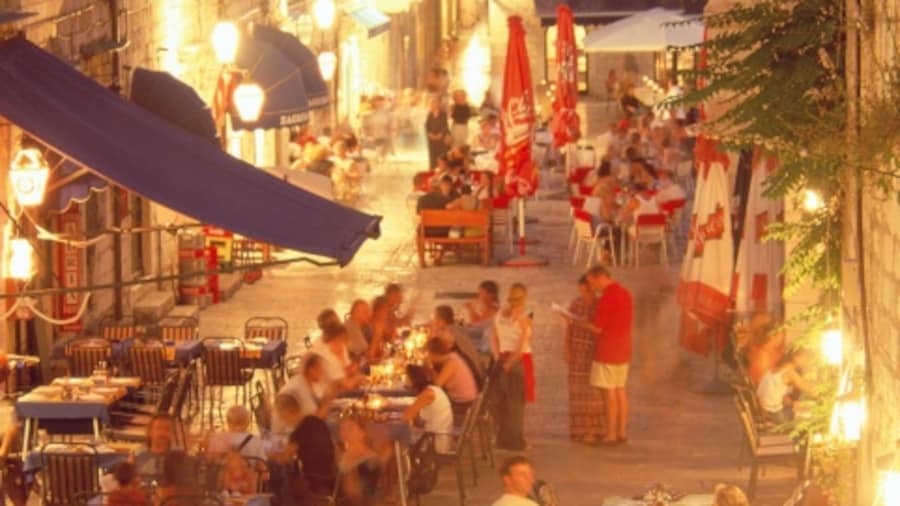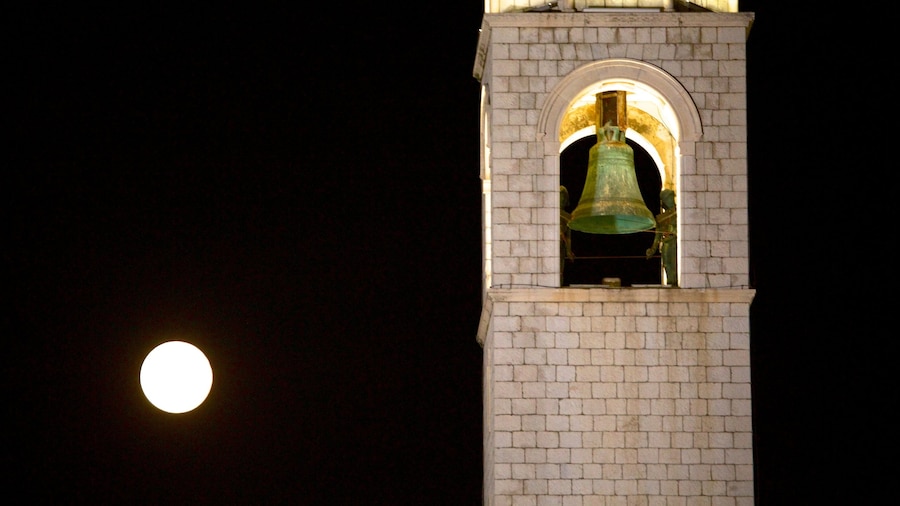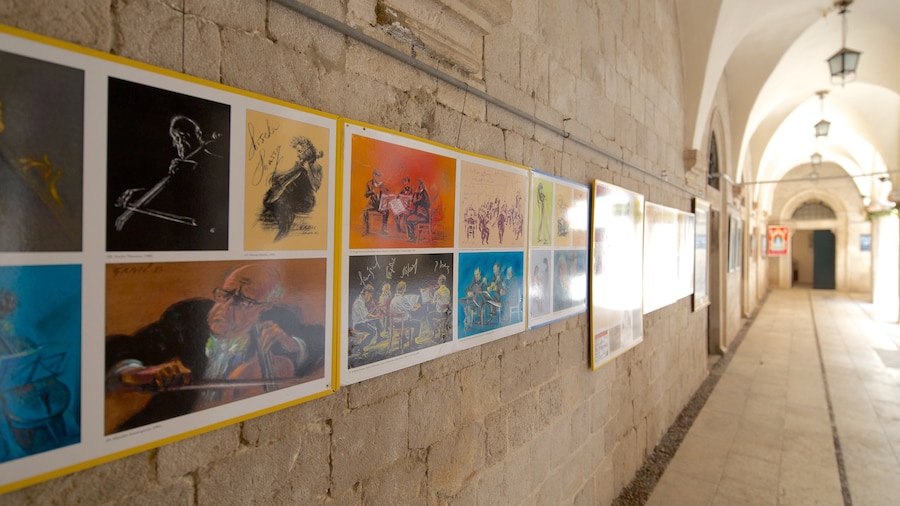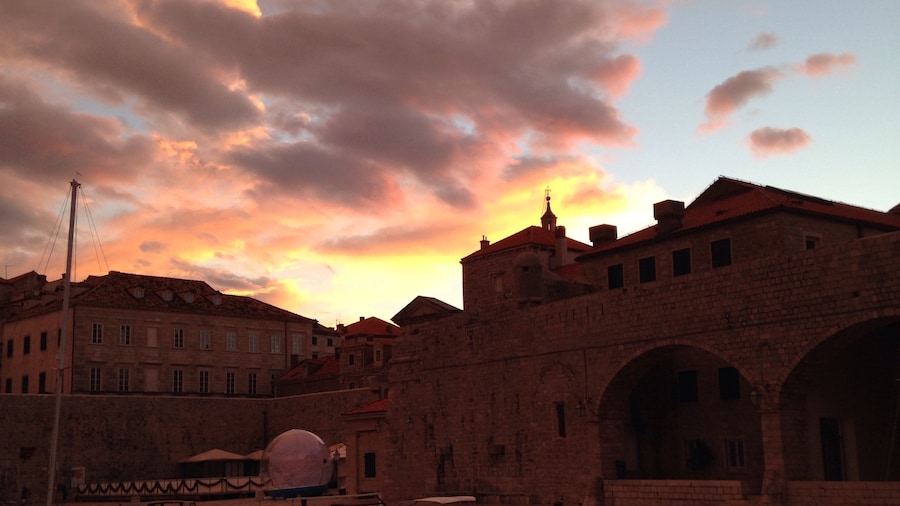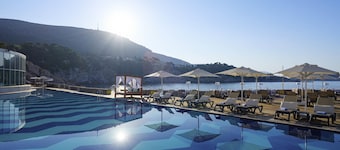This beautiful palace has endured earthquakes, fires and explosions, and is now one of Dubrovnik's most popular attractions.
Built in the Middle Ages, the Rector's Palace served for centuries as the seat of government of the former Republic of Dubrovnik. The offices of state were located here, as were dungeons and a gunpowder store. It was this gunpowder that caused massive explosions in 1435 and 1463, devastating the palace and necessitating major reconstruction work. Extensive restoration was required again in the 17th century following the 1667 earthquake that shook the entire city.In the Dubrovnik Republic, the rector was the elected head of government. A rector's term lasted just one month, but during this time he had to devote himself entirely to his position, and was only permitted to leave the palace on state business. A Latin inscription above the front entrance to the palace served as a reminder to the rector of the dedication required of him. Still clearly visible today, it reads "obliti privatorum publica curate", meaning "forgetting your private business, concern yourselves with public affairs".The Rector's Palace is now home to the Cultural Historical Museum, where you can find an incredible array of objects dating from the 16th to the 19th centuries. The exhibitions on the ground floor, mezzanine and first floor include artefacts from the era of the Dubrovnik Republic, including weapons, medals, coats of arms, textiles, furnishings, art and coins.Don't forget to take in the rooms themselves, with their 18th century furniture and period décor, not to mention the stunning architectural features. Note the intricate capitals atop the palace's numerous columns, or take a stroll through the beautiful atrium and admire its Baroque staircase and Gothic-style 15th-century fountain.If you're visiting in summer, you can enjoy the splendour of the palace atrium while taking in a concert. Details about the summer programme can be found on the official websites of the Dubrovnik Symphony Orchestra, Dubrovnik Summer Festival and Dubrovnik Tourist Board.There's a fee to visit the palace museum and it's open every day. Take a public bus from the harbour, airport or suburbs to the walls of the pedestrianised Old Town you'll have to walk to the Rector's Palace from here.






